Best English Editing and Proofreading Service

Academic referencing and academic citing acknowledge the sources used by authors in their manuscripts. It necessitates the linkage of citations to the list of works cited in a paper. It also gives credit to the sources of information used in the manuscript. Whether it is about writing a book or other academic documents, you first need to learn how to use APA referencing style and format. With the help of citations, readers can easily understand the messages conveyed in an article.
Continue Reading
One of the defining aspects of academic writing is that it is research-oriented. Academic authors constantly refer to and review credible literature in their field of study to succor their academic arguments and plausibly divulge the contents of their manuscripts to the readers. However, as much as it is necessary for academics to refer to trustworthy sources, correctly mentioning them in-text or in the bibliography is equally important. This is where the concept and importance of citations come into the picture.
Continue Reading
The term ‘‘et al.’’ is the abbreviated form of the Latin term ‘‘et alia,’’ which means ‘‘and others.’’ It is used in academic in-text citations when referring to a source with multiple authors. In APA style, for a source with three or more authors, list the first author’s last name and “et al.” for all citations, including the first citation.
Continue Reading
MLA is considered one of the most popular and most used citations and referencing styles in academic writing. This quick guide provides the basic rules for MLA in-text citations and reference list for academic papers and essays.
Continue Reading
Adopting Modern Language Association (MLA) style makes it easier for readers to navigate and understand the text. It ensures consistency in the use of the English language and formatting in academic writing. In this article, we bring you a complete guide on how you format your academic papers and essays in MLA style.
Continue Reading
The American Psychological Association (APA) introduced the 7th edition of the APA Publication Manual in October 2019. This edition replaced the previous one, the 6th edition of the manual. Since then, several things have changed. The latest edition also updated the formatting of digital object identifiers (DOI) in APA Style. This article addresses when to include DOIs and uniform resource locators (URLs) in APA Style references.
Continue Reading
The American Psychological Association (APA) introduced the 7th edition of the APA Publication Manual (in October 2019), which replaces the 6th edition of the manual published in 2009. Since then, several things have changed. This article discusses the 9 most important changes in the 7th edition of the APA manual.
Continue Reading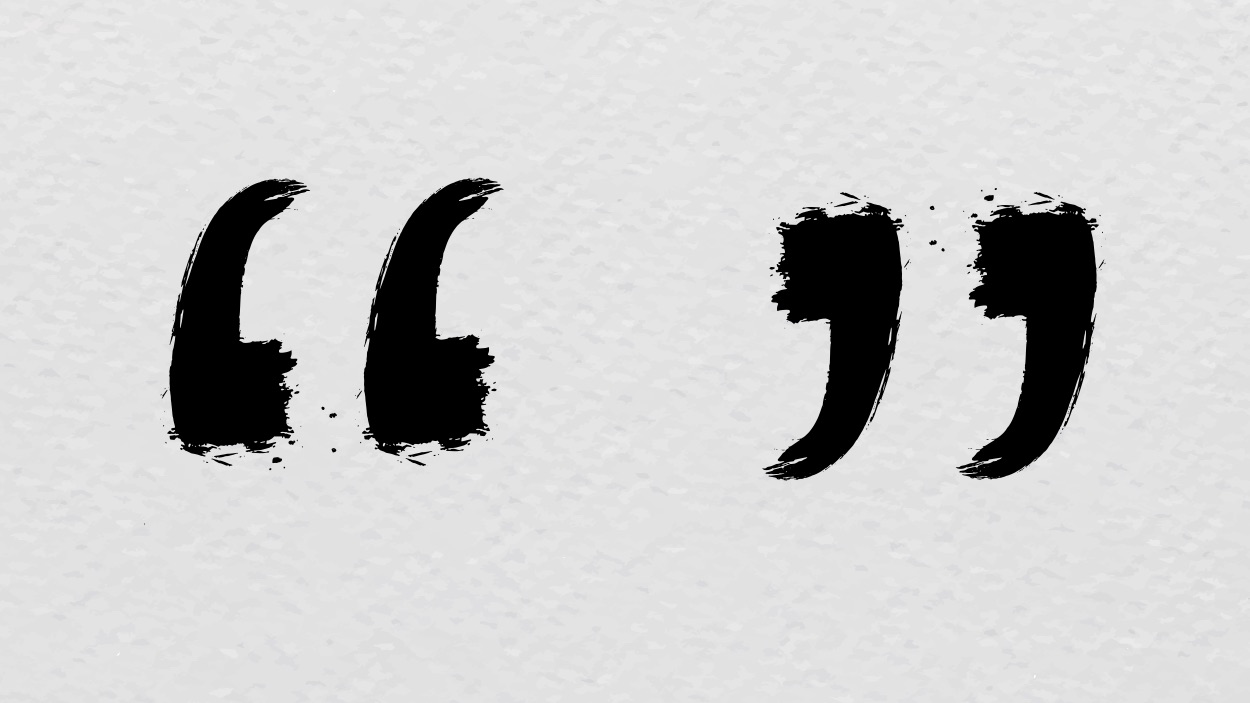
Whenever you use words, facts, ideas, or explanations from other works, those sources must be cited. Academic referencing is required when you have copied texts from an essay, an article, a book, or other sources verbatim, which is called quotation. You also need referencing when you use an idea or a fact from another work even if you haven’t used their exact expression.
Continue Reading
The American Psychological Association (APA) introduced the 7th edition of the APA Publication Manual in 2019 and replaced the previous one, the 6th edition. Since then, several things have changed. The 7th APA edition updated citing ebooks as well.
Continue Reading
The acronym ‘‘et al.’’ is an abbreviation for the Latin term ‘et alia,’’ meaning ‘‘and others’’ and used in academic in-text citations when referring to a source with multiple authors. Depending on the number of authors a reference has, an APA in-text citation is abbreviated by using ‘et al.’ after the first author’s last name.
Continue Reading.jpg)
This handout discusses how to present tables and figures in APA style. APA Style offers a specific guideline for formatting tables and figures. In the 7th edition guideline, APA updated the formatting of tables and figures. This article shows how to format numbers, titles, bodies, headings, and notes in APA style.
Continue Reading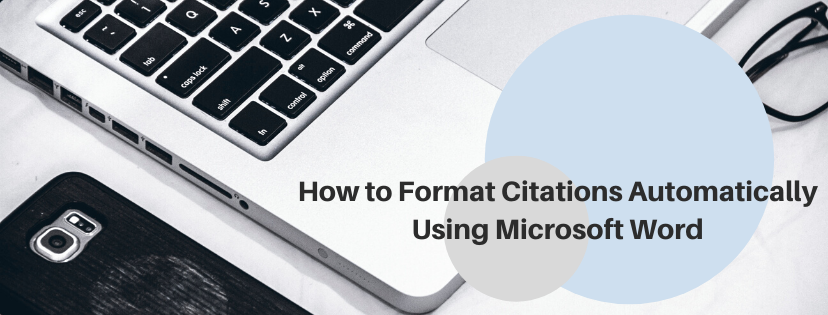
Properly formatting citations and references has always driven researchers crazy. With Microsoft Office Word, though, the process is streamlined to the point of almost being automatic. Microsoft Word automatically generates a bibliography from the sources you used to write your manuscript. Each time you add a new citation to your document, This handout is going to show you how to add citations and bibliographies to your Word documents and how to format references automatically using the Microsoft Word References tool.
Continue Reading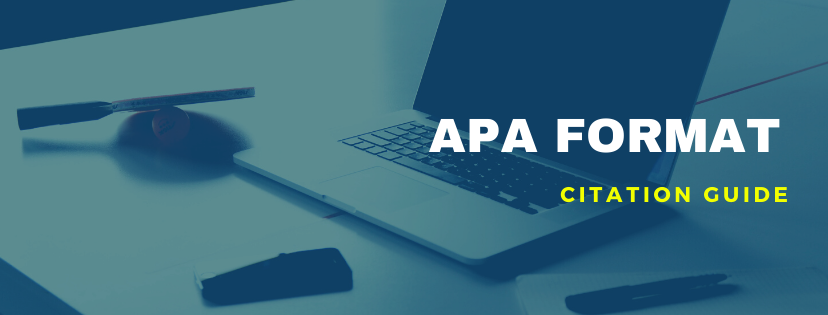
The American Psychological Association (APA) format is the most common style used to cite sources within the social sciences. This handout will give you a brief guide on the Publication Manual of the APA. For more information, please consult the Publication Manual of the American Psychological Association (7th Edition).
Continue Reading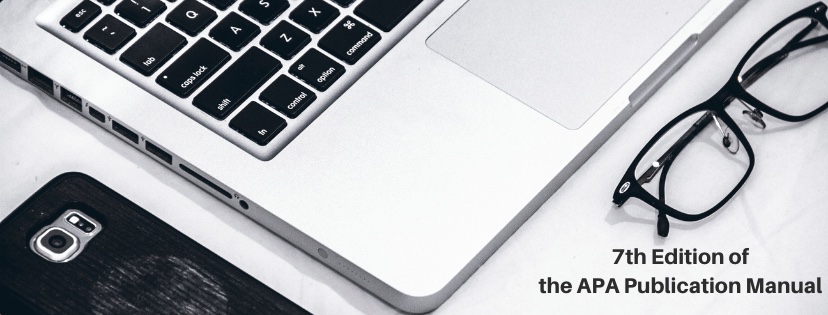
The purpose of APA style is to uniform use of elements such as selection of titles, headings, subheadings, citation of references, tone, punctuation, and abbreviations, presentation of numbers and statistics, formatting of tables and figures, and many other elements that are a part of the manuscript. The APA style consists of in-text citation and reference list entry.
Continue Reading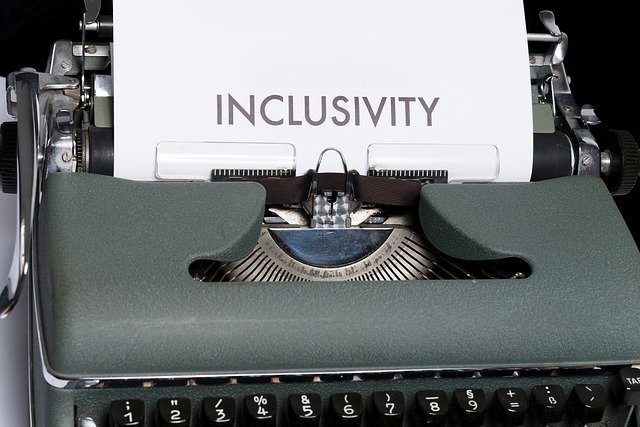
The American Psychological Association highlights the need to talk about all people with inclusivity and respect. Writers adopting APA 7th edition must strive to use bias-free language and avoid perpetuating prejudicial beliefs or demeaning attitudes in their writing.
Continue Reading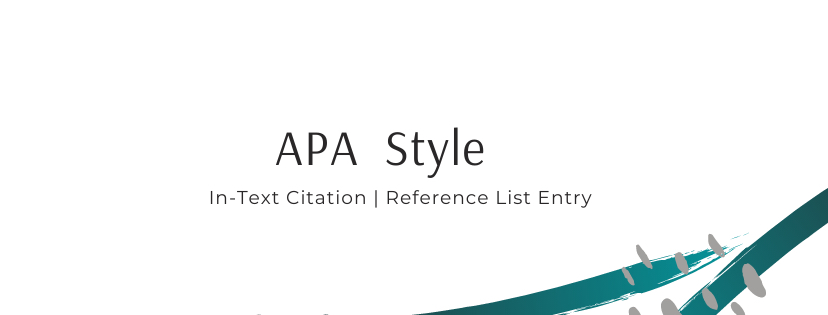
The American Psychological Association (APA) format is the most common style used to cite sources within the social sciences. This article will give you a brief guide on the Publication Manual of the APA. For more information, please consult the Publication Manual of the APA.
Continue Reading
When you are writing for academic purposes, you need to keep a ton of rules and regulations in mind. However, that is not the whole story, as you also need to keep the style guide in mind. While writing for academic work is not easy, nothing can be impossible with practice. Therefore, we are here with a compact citation style guide that abides by academic standards. If you are new to editing and proofreading or new to the academic side, this article will help you learn about the 8 most common citation styles used in academic writing.
Continue Reading
If you are just beginning to write a thesis, a dissertation, or an article for a peer-review journal, you will fumble upon countless new writing styles, fonts, formats, and citation styles. Academic writing differs from other forms of writing as it often follows a set of structures, involves the use of formal language, grammar, and words. This article aims to clarify everything concerning citation and citation styles so that you can select which one to opt for while writing your thesis, dissertation, or research paper.
Continue Reading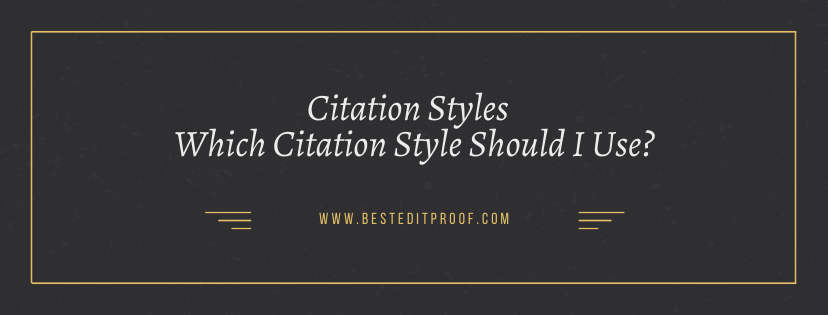
There are many different citation styles that depend on the academic discipline involved. Some of the most common citation styles are American Psychological Association (APA), Modern Language Association (MLA), and Chicago/Turabian style. APA citation style is used by education, psychology, and social sciences, MLA style is used by the humanities, while Chicago/Turabian style is generally used by business, history, and the fine arts. You will need to check with your manual to determine what is required in your specific area.
Continue Reading
Being a proofreading and editing service provider, we often find researchers making common citation mistakes in their research papers. Well, making mistakes is normal, but repeating the same mistakes is not accepted. Recognizing the gravity of the situation, we here bring the list of common errors students and researchers make while citing sources.
Continue Reading